10. Blackburn B-20
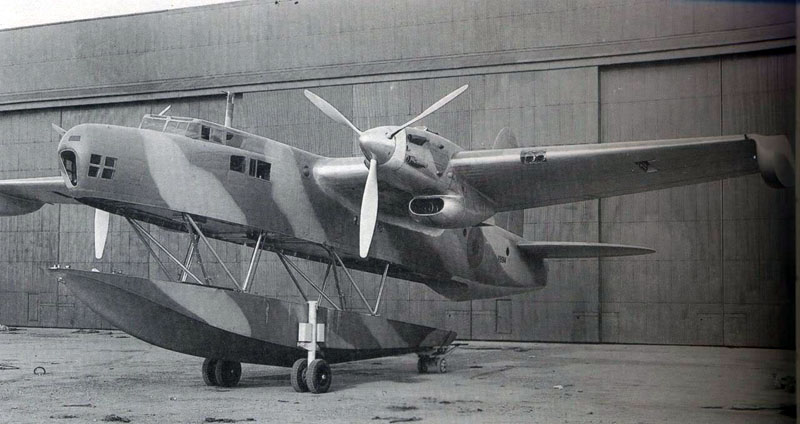
The B-20 was an attempt to combine the best features of both the flying boat and the floatplane. While on the water, the B-20 was essentially a floatplane, using a large float under the fuselage for buoyancy, and two smaller floats near the wingtips for stability.
In flight, the main float retracted upwards towards the fuselage, fitting into a “notch” to become streamlined as a part of the fuselage. The wing floats folded outwards, somewhat like those on the American Consolidated PBY flying boat design, to become the wingtips. This configuration gave the correct wing incidence for takeoff and for flight and in the latter a much reduced drag compared to the deep hulls of flying boats.
9. Ryan FR Fireball
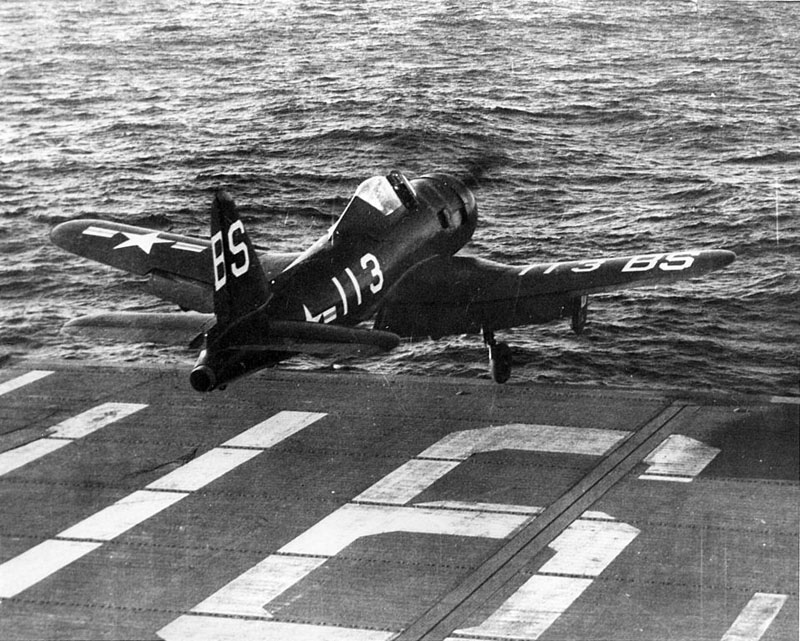
It was the Navy’s first aircraft with a jet engine. Design of the FR-1 began in 1943 to a proposal instigated by Admiral John S. McCain, Sr. for a mixed-powered fighter because early jet engines had sluggish acceleration that was considered unsafe and unsuitable for carrier operations. Ryan received a contract for three XFR-1 prototypes and one static test airframe on 11 February 1943 with the first two prototypes delivered in 14 months. Another contract was placed for 100 aircraft on 2 December 1943 and a later contract on 31 January 1945 increased the total of FR-1s on order to 700. Only 66 aircraft were built before Japan surrendered in August 1945. The FR-1 Fireball equipped a single squadron before the end of the war, but did not see combat. The aircraft ultimately proved to lack the structural strength required for operations aboard aircraft carriers and was withdrawn in mid-1947.
8. Blohm & Voss BV 238
Development of the BV 238 giant flying boat began in 1941, following the success of the smaller but still enormous BV 222 Wiking. The BV 238 was an extremely large flying boat of conventional aerodynamic design, but bearing the usual B&V structural hallmarks of all-metal construction with a tubular steel wing main spar which also acted as the armoured main fuel tank. Of the era, only the earlier Tupolev ANT-20 and the later Hughes H-4 had a bigger wing span. However it would be the heaviest yet flown, at 100 tonnes (220,000 lb) fully laden. It was the heaviest aircraft ever built when it first flew in 1944, and was the largest aircraft produced by any of the Axis powers during World War II.
7. Flettner Fl 282
Intended roles of Fl 282 included ferrying items between ships and reconnaissance. However, as the war progressed, the Luftwaffe began considering converting the Fl 282 for battlefield use. Until this time the craft had been flown by a single pilot, but by then a position for an observer was added at the very rear of the craft, resulting in the B-2 version. Later the B-2 proved a useful artillery spotting aircraft and an observation unit was established in 1945 comprising three Fl 282 and three Fa 223 helicopters. Good handling in bad weather led the German Air Ministry to issue a contract in 1944 to BMW to produce 1,000 units. However, the company’s Munich plant was destroyed by Allied bombing raids after producing just 24 machines.
6. Kyushu J7W
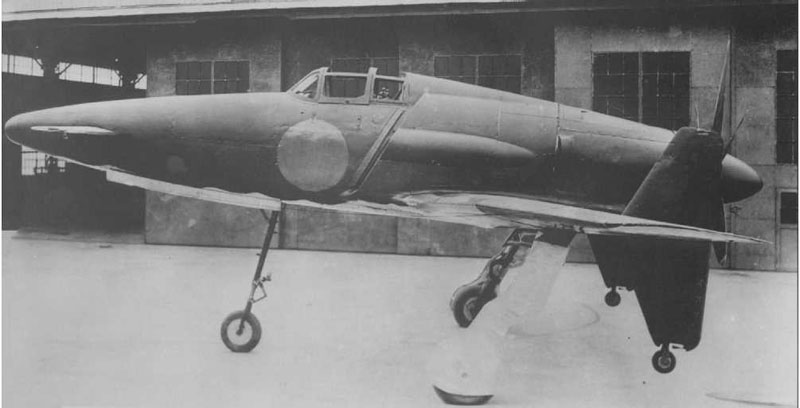
The Kyūshū J7W1 Shinden (“Magnificent Lightning”) fighter was a Japanese propeller-driven aircraft prototype with wings at the rear of the fuselage, a nose mounted canard, and pusher engine. Developed by the Imperial Japanese Navy as a short-range, land-based interceptor, the J7W was a response to Boeing B-29 Superfortress raids on the Japanese home islands. For interception missions, the J7W was to be armed with four forward-firing 30 mm cannons in the nose. The Shinden was expected to be a highly maneuverable interceptor, but only two prototypes were finished before the end of war. A jet engine–powered version was considered, but never even reached the drawing board.
5. Heinkel He 113
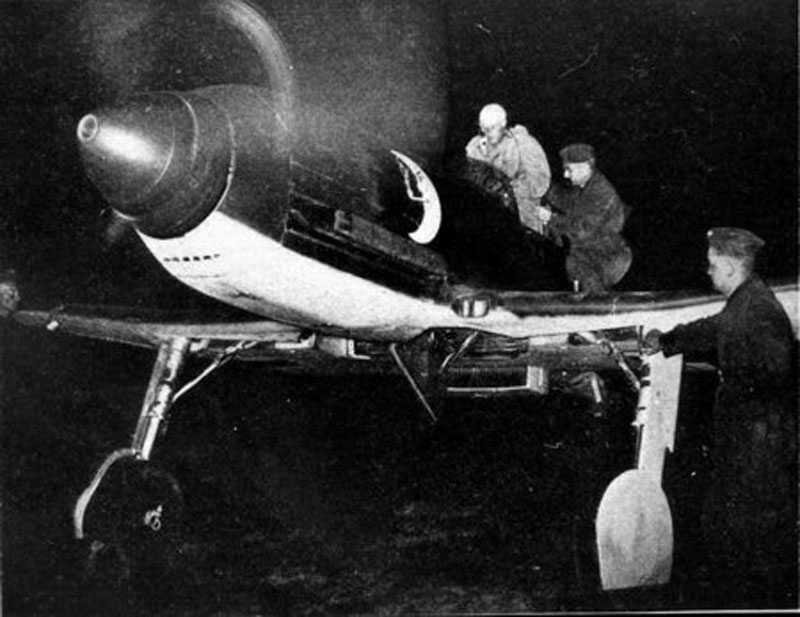
The Heinkel He 113 was a fictitious German fighter aircraft of World War II, invented as a propaganda and possibly disinformation exercise.
In 1940, Joseph Goebbels publicised the fact that a new fighter was entering service with the Luftwaffe. The plan involved taking pictures of Heinkel He 100 D-1s at different air bases around Germany, each time sporting a new paint job for various fictional fighter groups. The pictures were then published in the press with the He 113 name. It is unclear even today exactly who this effort was intended to impress—foreign air forces or Germany’s public—but it seems to have been a successful deception. British intelligence featured the aircraft in AIR 40/237, a report on the Luftwaffe that was completed in 1940.
4. Fisher P-75 Eagle
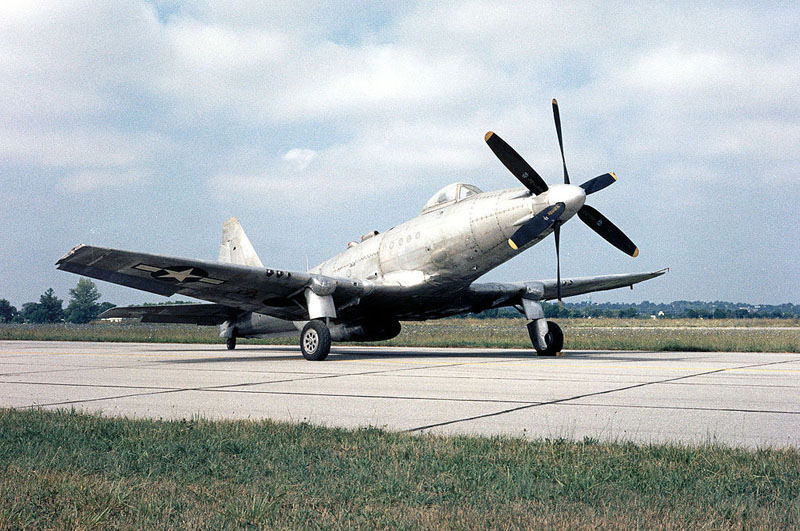
In October 1942, the contract for two prototypes, designated “XP-75”, was signed with the Fisher Body Division of GM. The design concept was to use the outer wing panels from the North American P-51 Mustang, the tail assembly from the Douglas A-24 (SBD), and the undercarriage from the Vought F4U Corsair in a general layout much as in the Bell P-39 Airacobra with the engine located amidships with the contra-rotating propellers driven through extension shafts. The program was cancelled after only a small number of prototypes and production aircraft had been completed, as it was no longer required in its original role, could not be quickly deployed, and possessed no significant advantages over aircraft already in production.
3. Bereznyak-Isayev BI-1
In the late 1930s, Soviet officials wanted a fast, short-range defense fighter powered by a rocket. The need for such a plane became especially pronounced as German forces began to invade Russia. Engineers completed plans for the rocket plane by spring of 1941, but Stalin did not give authorization to build a prototype. However, when the German invasion began, Stalin told engineers Alexander Bereznyak and Aleksei Isayev to get the airplane ready as soon as possible. It took only 35 days to complete a working prototype. Getting just under the deadline, a bomber towed the BI-1 aloft, allowing it to glide to the ground for a first test.Rocket motor tests commenced in 1942, but powered flights quickly revealed that the BI-1 only had 15 minutes of flight time from the moment the pilot ignited the rocket on the ground. This proved a severe limitation.
2. Junkers Ju 390
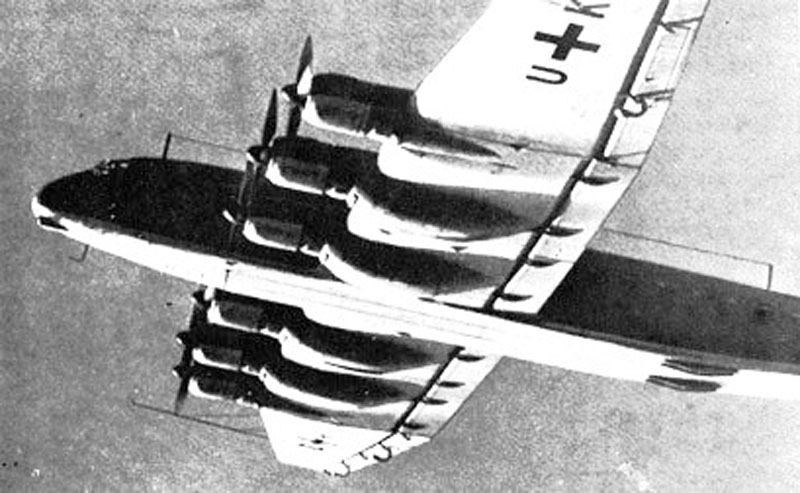
The Junkers Ju 390 was a German long-range derivative of the Junkers Ju 290 aircraft, intended to be used as a heavy transport aircraft, maritime patrol aircraft and long-range bomber. It was one of the aircraft designs submitted for the abortive Amerika Bomber project. Two prototypes were created by attaching an extra pair of inner-wing segments onto the wings of basic Junkers Ju 90 and Ju 290 airframes and adding new sections to lengthen the fuselages. The first prototype, V1, was modified from the Ju 90 V6 airframe. It made its maiden flight on 20 October 1943 and performed well, resulting in an order for 26 aircraft, to be named Ju 390 A-1. None of these had been built by the time that the project was cancelled in mid-1944. The second prototype, the V2, was longer than the V1 because it was constructed from a Ju 290 airframe.
1. Northrop N-9M
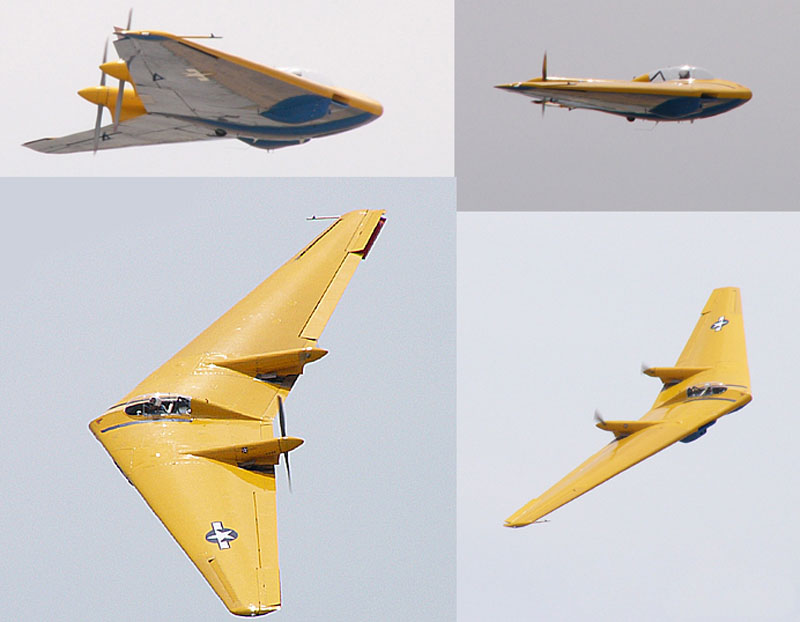
The Northrop N-9M is an approximately one-third scale, 60-ft span all-wing aircraft used for the development of the full size, 172-ft wingspan Northrop XB-35 and YB-35 flying wing long-range, heavy bomber. First flown in 1942, the N-9M (M for Model) was the third in a lineage of all-wing Northrop aircraft designs that began in 1929 when Jack Northrop succeeded in early experiments with his single pusher propeller, twin-tailed, twin-boom, all stressed metal skin Northrop Flying Wing X-216H monoplane, and a decade later, the dual-propeller N-1M of 1939–1941. Northrop’s pioneering all-wing aircraft would lead Northrop Grumman many years later to eventually develop the advanced B-2 Spirit stealth bomber




